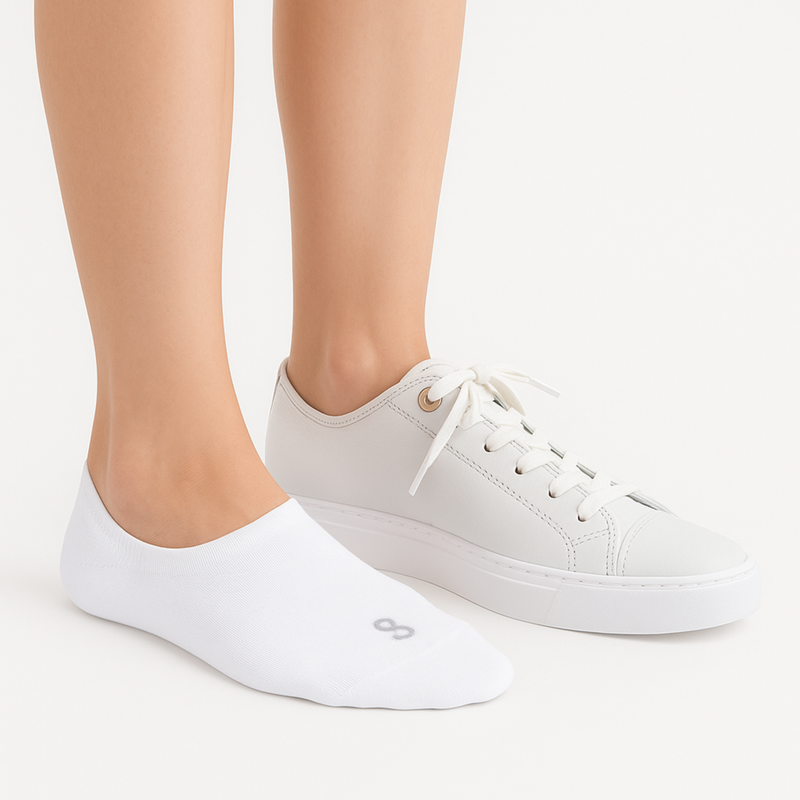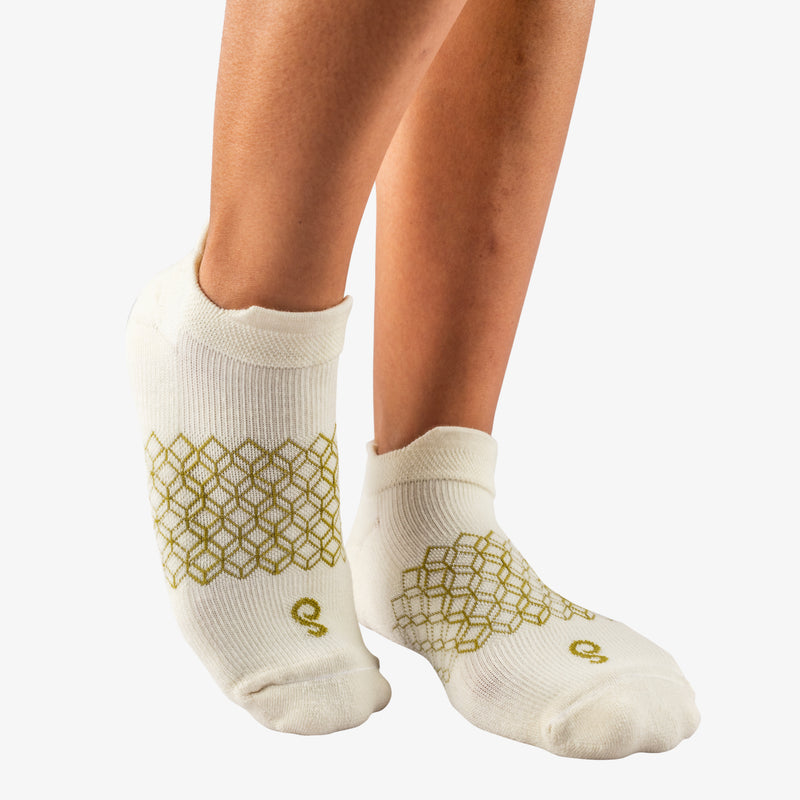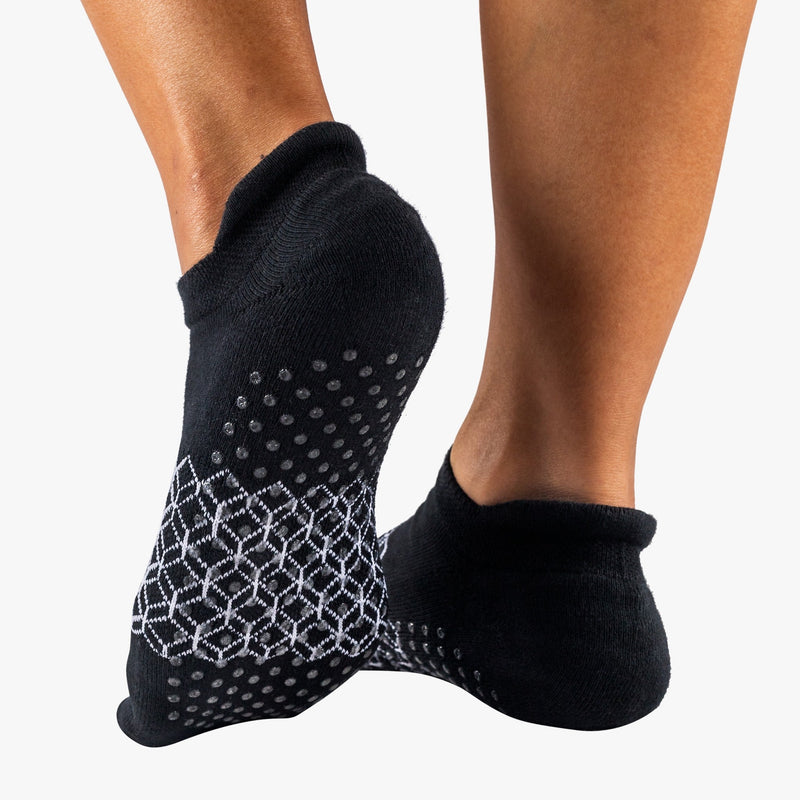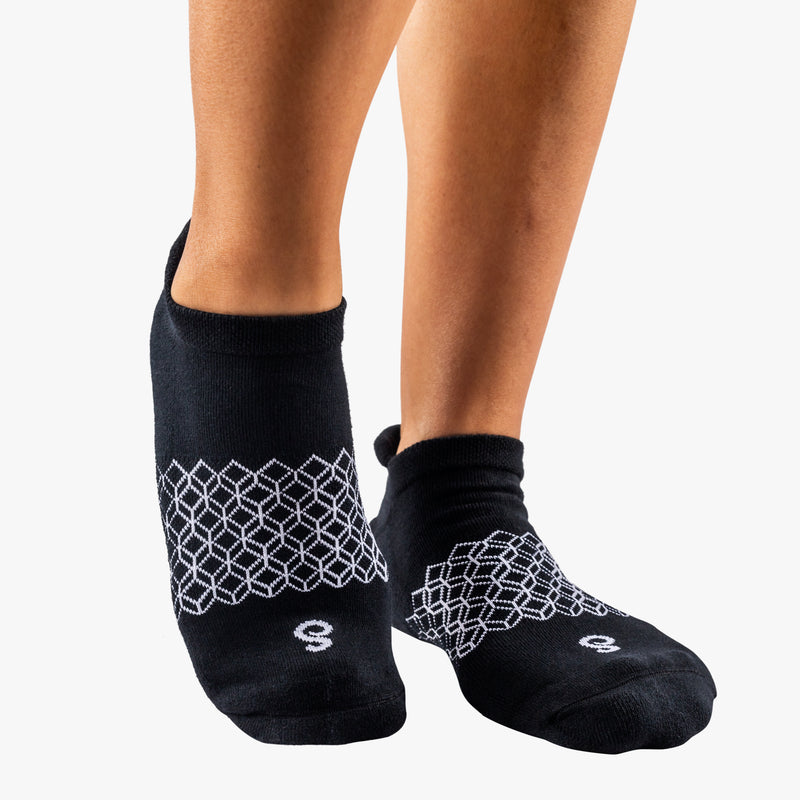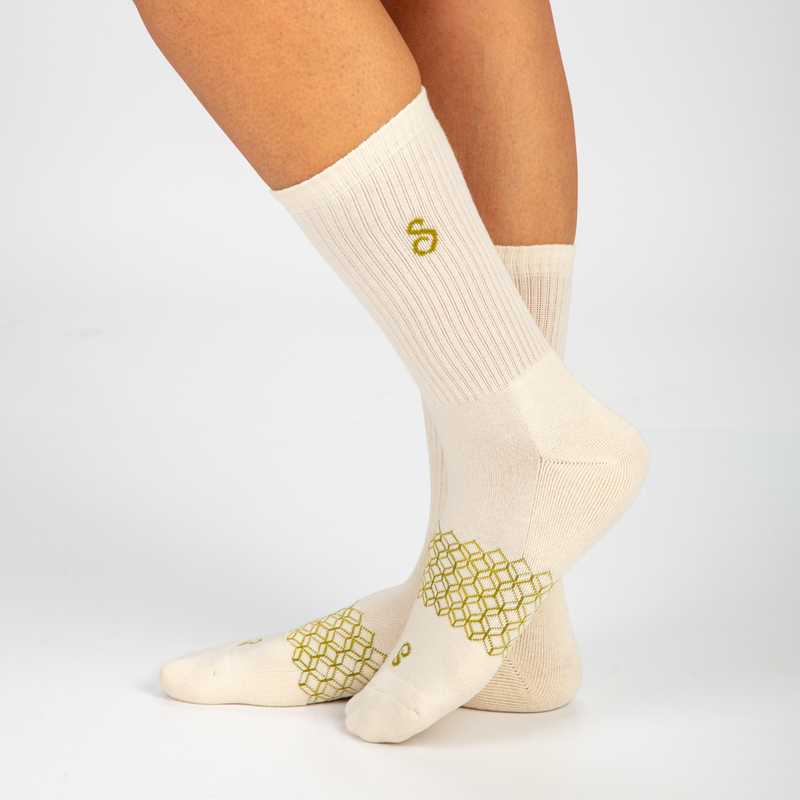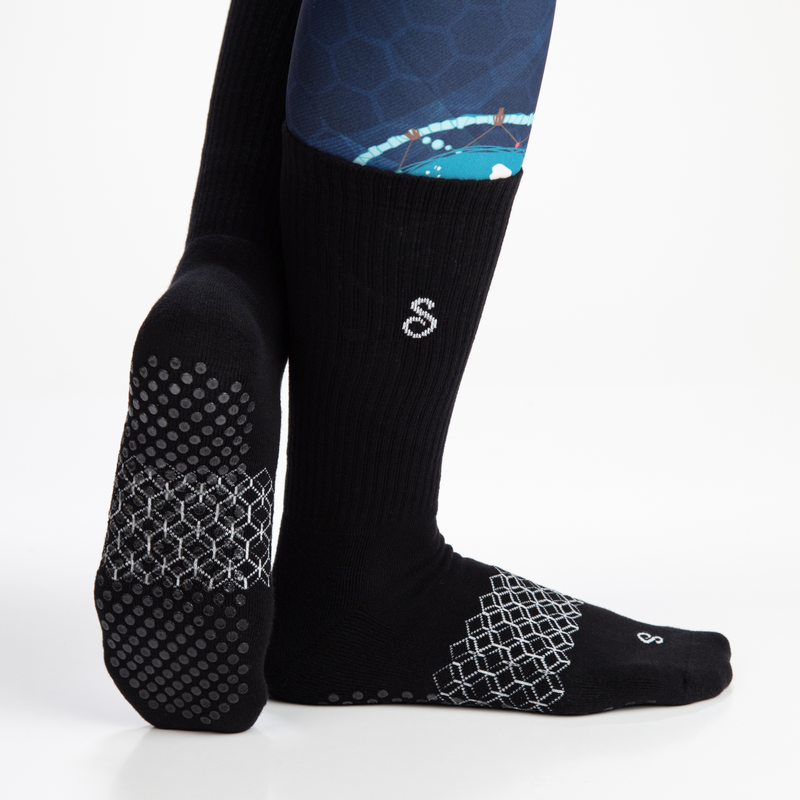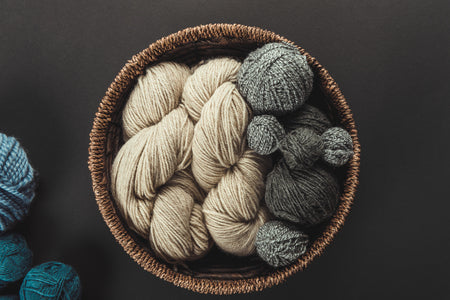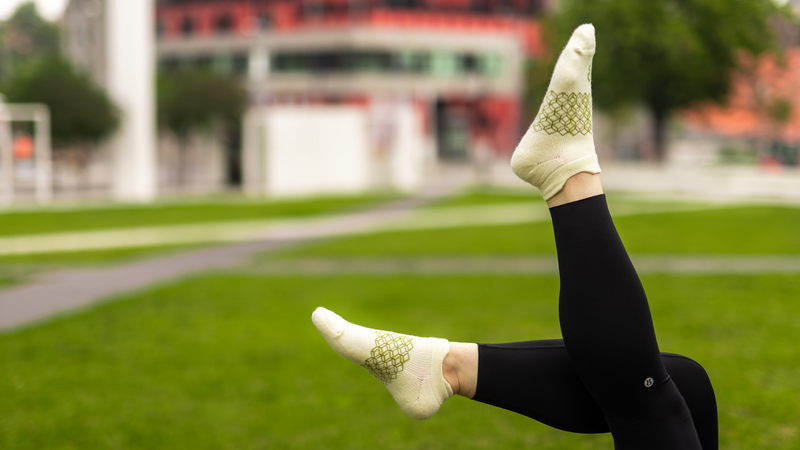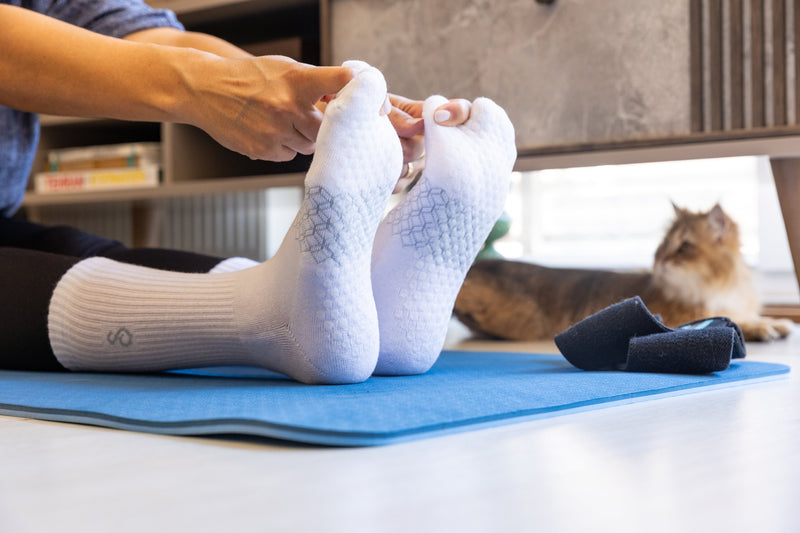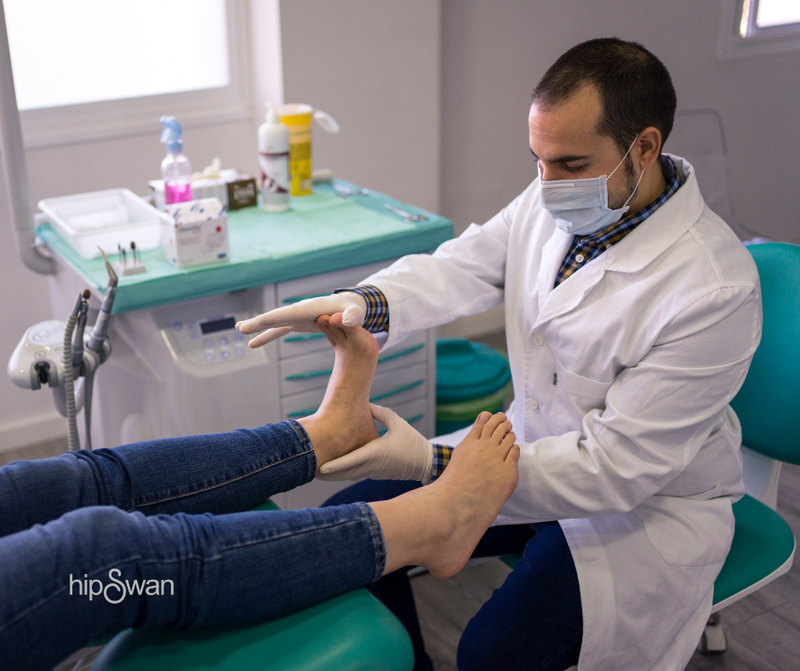
The right pair of socks can significantly impact foot health, especially for those with specific foot conditions. Podiatrists often recommend socks designed with compression and moisture-wicking materials to enhance comfort and support. These specially crafted socks can alleviate pressure points and provide essential arch support, catering to a variety of foot shapes and needs.
When considering options, factors such as breathability, padding, and fit are crucial. Choosing the wrong socks can lead to blisters, discomfort, and even exacerbate existing foot problems. Individuals should pay close attention to the materials used and opt for seamless designs to minimise irritation.
In this article, readers will discover a selection of socks that podiatrists endorse, along with insights on what features to prioritise for optimal foot health. Understanding these aspects can make a considerable difference in everyday comfort and well-being.
Importance of Podiatrist-Recommended Socks
Podiatrist-recommended socks play a crucial role in foot health. They provide specific features designed to support foot structure, prevent ailments, and are made from appropriate materials. Understanding these aspects can help individuals make informed choices for their foot care.
Enhanced Foot Support
Podiatrist-recommended socks often incorporate arch support and cushioning. This design helps in maintaining proper foot alignment, which is vital for individuals with flat feet or high arches.
- Arch Support: Some socks feature built-in arch bands that lift the arch, reducing strain.
- Cushioning: Extra padding in key areas absorbs shock, decreasing the risk of injury during everyday activities.
By prioritising comfort and stability, these socks can alleviate discomfort and contribute to overall foot health, making them an excellent choice for both athletes and those with foot conditions.
Prevention of Foot Ailments
Wearing specially designed socks can help prevent common foot ailments such as blisters, calluses, and fungal infections. Their thoughtful construction minimises friction and promotes appropriate moisture management.
- Friction Reduction: Seamless designs help reduce rubbing against the skin, lowering the risk of blisters.
- Moisture-Wicking: Many podiatrist-recommended socks utilise moisture-wicking fabrics to keep feet dry, reducing the likelihood of fungal growth.
These features are beneficial for anyone who spends long hours on their feet or engages in physical activities, helping to ensure healthier feet.
Material and Fabric Considerations
The choice of materials in podiatrist-recommended socks can significantly affect foot health. Common materials include:
- Bamboo: Naturally antibacterial and moisture-wicking, helping to prevent odour and infections.
- Merino Wool: Offers temperature regulation and is effective in moisture management.
Additionally, blended fabrics may provide a balance of comfort and durability. Understanding the properties of these materials enables individuals to select socks best suited to their lifestyle and needs.
Features of Podiatrist-Recommended Socks
Podiatrist-recommended socks come with specific features that enhance foot health. Key components include adequate arch support, seamless construction to prevent irritation, moisture-wicking properties to keep feet dry, and cushioning to reduce impact.
Arch Support
Arch support is crucial for those with flat feet or high arches. Podiatrist-recommended socks typically incorporate a supportive band that conforms to the natural curves of the foot. This feature helps distribute weight evenly and reduces strain on the arch, potentially alleviating pain associated with conditions like plantar fasciitis.
When selecting socks for arch support, look for specific materials such as elastane or spandex blended with cotton. These materials offer elasticity, ensuring a snug fit without sacrificing comfort. Proper arch support can promote better posture and reduce fatigue during extended periods of standing or walking.
Seamless Construction
Seamless construction is an important attribute of podiatrist-recommended socks. Traditional seams can cause friction and lead to blisters or skin irritation. Socks designed without seams reduce these risks significantly, providing a smoother fit against the skin.
This feature is particularly beneficial for individuals with sensitive skin or those recovering from foot injuries. Podiatrist-recommended socks often employ advanced knitting techniques to create a seamless feel. This results in a more comfortable experience during physical activities, making them ideal for everyday wear as well.
Moisture-Wicking Properties
Moisture-wicking properties are essential for maintaining foot hygiene. Podiatrists advocate for socks that effectively draw moisture away from the skin to prevent conditions like athlete’s foot. These socks are typically made from synthetic fibres that excel in moisture management.
Choosing socks with moisture-wicking capabilities can help keep feet dry and comfortable throughout the day. This feature is beneficial for athletes or those engaged in prolonged activities. Podiatrist-recommended socks may also contain antimicrobial properties, further reducing odour and the risk of fungal infections.
Padding and Cushioning
Padding and cushioning are crucial for enhancing comfort during daily activities. Podiatrist-recommended socks often feature strategic padding in high-impact areas, such as the heel and ball of the foot. This cushioning absorbs shock and reduces the risk of foot fatigue.
When considering padded socks, it's important to assess the thickness and material used. Higher-density foam or gel cushioning can provide superior protection without adding bulk. Proper cushioning can enhance the overall fit of the footwear, reducing the chance of blisters or callouses during use.
Selecting the Right Socks for Different Foot Conditions
Choosing the appropriate socks can greatly impact comfort and foot health. Certain features cater specifically to various foot conditions, supporting better management and relief.
Diabetic Neuropathy
For individuals with diabetic neuropathy, sock selection is crucial to prevent complications. Look for socks that provide a gentle fit without constricting circulation.
Key features include:
- Seamless construction: Reduces friction and irritation.
- Moisture-wicking properties: Keeps feet dry to prevent fungal infections.
- Padding: Extra cushioning in key areas offers added protection.
Avoid socks with tight elastic bands, as these can impede blood flow. It is best to choose socks made from soft, breathable materials to enhance comfort throughout the day.
Plantar Fasciitis
To address plantar fasciitis, socks with added arch support can be beneficial. These socks often incorporate compression technology that promotes circulation and stabilises the arch.
Key features include:
- Arch support: Helps alleviate pressure on the fascia.
- Heel cushioning: Reduces shock during walking.
- Graduated compression: Enhances blood flow and reduces fatigue.
Selecting socks made from breathable fabrics, such as cotton or wool blends, can help maintain comfort. Individuals may also benefit from additional ankle support to aid stability.
Bunions and Hammertoes
For bunions and hammertoes, it is essential to select socks that provide adequate room and minimise pressure on these areas.
Key features include:
- Wide toe box: Accommodates bunions without causing additional discomfort.
- Soft, stretchy materials: Enhances adaptability to foot shape.
- Cushioning: Protects sensitive areas from friction and pressure.
Socks specifically designed for foot deformities often offer extra padding where needed. Choosing a style without seams can further reduce irritation in affected regions.
Best Practices for Wearing and Maintenance
Proper use and upkeep of socks can enhance comfort and prolong their lifespan. Attention to fitting and care significantly contributes to foot health and overall satisfaction with the footwear experience.
Proper Fitting Guidelines
Choosing the right size is crucial for optimal comfort. Socks should fit snugly without being restrictive. To determine the correct size, consider the following points:
- Size Chart: Refer to the manufacturer’s size chart. Sizes can differ by brand.
- Toe Placement: Ensure the toe area allows for natural movement. There should be no excess fabric bunching.
- Heel Positioning: The heel of the sock should align perfectly with the wearer’s heel.
- Compression Levels: For compression socks, select the appropriate level based on activity, as these provide varying degrees of support.
It is recommended to try on socks before purchase when possible. Frequent wear can lead to stretch, so renewing socks regularly helps maintain both comfort and support.
Washing and Care Instructions
Proper washing and care can extend the life of socks. Following these guidelines ensures that socks remain effective and comfortable.
- Gentle Cycle: Use a washing machine’s gentle cycle with cold water to avoid shrinking or elastic loss.
- Avoid Fabric Softeners: These can break down the elastic fibres, reducing durability.
- Air Drying: It is best to air dry socks instead of using a tumble dryer. Excess heat can lead to shrinkage.
- Sort By Colour: Wash dark and light-coloured socks separately to prevent discolouration.
Regular inspections for wear and tear after washing will help in identifying any damages early. Replacing worn socks promptly helps to maintain foot health.
Top Sock Brands Endorsed by Podiatrists
Many podiatrists recommend specific sock brands that prioritise foot health. These socks provide essential support, moisture-wicking properties, and cushioning.
Recommended Brands
| Brand | Features |
|---|---|
| Thorlos | Known for their cushioning and durable materials. |
| Balega | Offers seamless designs to reduce friction and blisters. |
| Feetures | Focusses on snug fit and moisture management. |
| Smartwool | Merino wool socks provide warmth and breathability. |
| hipSwan | Focusses on natural yarns like organic cotton and merino wool. |
Podiatrists often suggest these brands due to their commitment to quality and comfort.
Choosing the right socks can contribute to overall foot health. Many of these brands offer socks specifically designed for various activities, including running and hiking.
When selecting socks, look for features like arch support and cushioning to support different foot shapes and sizes. The right sock can help prevent common foot ailments such as blisters and plantar fasciitis.
Patients seeking guidance should consider visiting a podiatrist for personalised recommendations based on their specific needs.
Incorporating Orthotic Devices with Socks
Socks designed for use with orthotic devices can significantly enhance foot comfort. When selecting socks, it is essential to consider their material and fit.
Key Features to Look For:
- Seamless Design: Reduces friction against the skin, preventing blisters.
- Moisture-Wicking Fabric: Helps keep feet dry and minimizes odour.
- Compression Levels: Provides support without hindering circulation.
Wearing orthotic-friendly socks alongside custom insoles or arch supports can improve stability. The right combination supports foot mechanics and reduces fatigue.
Recommended Sock Materials:
- Bamboo: Soft, breathable, and naturally antibacterial.
- Merino Wool: Offers warmth, is moisture-wicking, and regulates temperature.
- Synthetic Blends: Durable and often contain compression features.
When integrating orthotics, ensure that the socks do not bunch up. Proper fit is crucial for effective support.
Consulting a podiatrist may provide tailored recommendations. They can suggest specific styles that work well with individual orthotic needs. This tailored approach can lead to better outcomes for foot health and comfort.
Understanding Compression Levels in Socks
Compression socks come in various levels of pressure, measured in millimetres of mercury (mmHg). They are designed to support blood circulation and reduce swelling.
Compression Levels:
| Level | mmHg | Intended Use |
|---|---|---|
| Mild | 8-15 mmHg | General use, travel, and minor varicose veins |
| Moderate | 15-20 mmHg | Post-surgery, light leg fatigue |
| Firm | 20-30 mmHg | Moderate varicose veins, chronic venous insufficiency |
| Extra Firm | 30-40 mmHg | Severe venous disorders, recommended by a physician |
Mild compression socks can be suitable for everyday use. They help alleviate slight discomfort during prolonged sitting or standing.
Moderate compression offers benefits after surgeries or strenuous activity. It aids in recovery by improving blood flow.
Firm compression socks target more significant medical concerns. Conditions like chronic venous insufficiency may require this level of pressure.
Extra firm socks are often prescribed by healthcare professionals. These are used for severe venous disorders and should be fitted properly to ensure effectiveness.
Selecting the correct compression level is crucial. It depends on individual needs, medical conditions, and the advice of a podiatrist. Proper fit ensures that the intended benefits of compression socks are realised.
Evaluating New Sock Technologies and Materials
Advancements in sock technology focus on enhancing comfort and foot health. Materials used in sock production have evolved, emphasising moisture management, cushioning, and support.
Key Materials:
- Merino Wool: Provides excellent breathability and temperature regulation.
- Polyester: Lightweight, durable, and resistant to moisture.
- Bamboo: Naturally antibacterial and highly absorbent.
- Nylon: Offers elasticity and strength.
Innovative features are also becoming common in sock design. Compression socks improve circulation, while targeted cushioning can alleviate pressure points.
Technological Advances:
- Moisture-Wicking Fabrics: Draw sweat away from the skin, reducing the risk of blisters.
- Arch Support Features: Provide additional support for flat or high-arched feet.
- Seamless Construction: Reduces friction and enhances comfort.
When choosing socks, consider individual needs. Factors such as activity level, foot shape, and health conditions play significant roles in selecting the right pair.
Considerations for Evaluation:
- Fit and Sizing: Ensure the sock fits snugly without being too tight.
- Breathability: Check for materials that allow air circulation.
- Durability: Assess material strength and longevity for various activities.
New sock technologies aim to improve foot health while providing comfort. Understanding these materials helps individuals make informed decisions for better foot care.
Lifestyle Considerations for Optimal Foot Health
Maintaining foot health requires attention to daily habits and lifestyle choices. Here are several key factors to consider:
-
Footwear Choice: Select shoes that offer ample support and proper fit. Avoid wearing high heels or tight-fitting shoes for prolonged periods.
-
Socks Quality: Choose socks made from breathable materials. Moisture-wicking options can help prevent blisters and fungal infections.
-
Daily Exercise: Engage in regular physical activity to enhance circulation. Simple exercises like toe stretches and ankle rotations can strengthen foot muscles.
-
Weight Management: Maintaining a healthy weight reduces excess strain on feet. A balanced diet combined with regular exercise supports this goal.
-
Foot Hygiene: Keep feet clean and dry to prevent infections. Daily washing and thorough drying, especially between toes, are essential practices.
-
Routine Check-ups: Regular visits to a podiatrist can identify potential issues early. They can provide personalised advice tailored to foot health needs.
-
Rest and Recovery: Listen to the body. Adequate rest is crucial, particularly after strenuous activities or prolonged standing.
Adopting these lifestyle considerations can significantly enhance foot health, helping to prevent discomfort and long-term issues.






